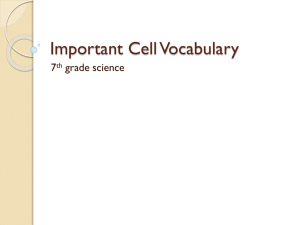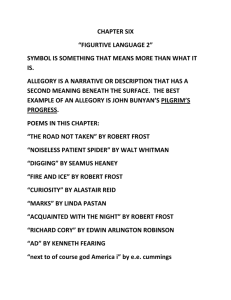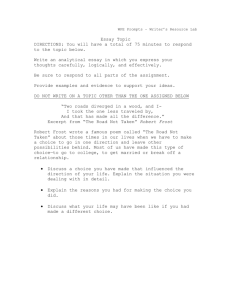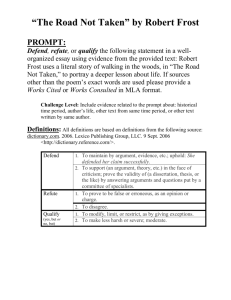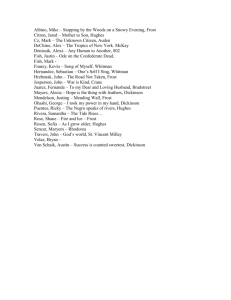Document 11872766
advertisement
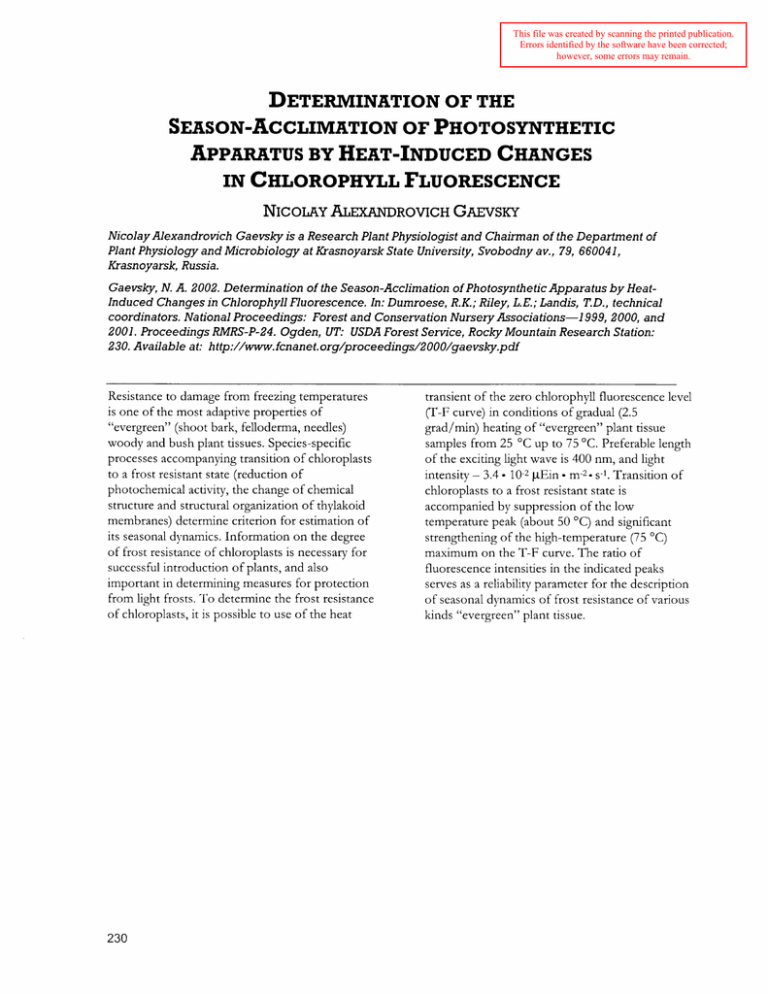
This file was created by scanning the printed publication. Errors identified by the software have been corrected; however, some errors may remain. DETERMINATION OF THE Nicolay Alexandrovich Gaevsky is a Research Plant Physiologist and Chairman of the Department of Plant Physiology and Microbiology at fiasnoyarsk State University, Svobodny av., 79, 660041, Krasn oyarsk, Russia. Gaemky, N. A. 2002. Determination of the Season-Acclimation of Photosynthetic Apparatus b y HeatInduced Changes in Chlorophyll Fluorescence. In: Dumroese, R.K.; Riley, L.E.; Landis, T.D., technical coordinators. Na tional Proceedings: Forest and Conservation Nursery Associa tions-1999, 2000, and 2001. Proceedings RMRS-P-24. Ogden, UT: USDA Forest Service, Rocw Mountain Research Station: 230. Available at: http://www..fcnanet.org/proceedings/2000/gaevsky.pdf Resistance to damage from freezing temperatures is one of the most adaptive properties of "evergreen" (shoot bark, felloderma, needles) woody and bush plant tissues. Species-specific processes accompanying transition of chloroplasts to a frost resistant state (reduction of photochemical activity, the change of chemical structure and structural organization of thylakoid membranes) determine criterion for estimation of its seasonal dynamics. Information on the degree of frost resistance of chloroplasts is necessary for successful introduction of plants, and also important in determining measures for protection from light frosts. T o determine the frost resistance of chloroplasts, it is possible to use of the heat transient of the zero chlorophyll fluorescence level (T-F curve) in conditions of gradual (2.5 grad/min) heating of "evergreen" plant tissue samples from 25 OC up to 75 OC. Preferable length of the exciting light wave is 400 nm, and light intensity - 3.4 10-2pEin m-2 s-1. Transition of chloroplasts to a frost resistant state is accompanied by suppression of the low temperature peak (about 50 OC) and significant strengthening of the high-temperature (75 OC) maximum on the T-F curve. The ratio of fluorescence intensities in the indicated peaks serves as a reliability parameter for the description of seasonal dynamics of frost resistance of various kinds "evergreen" plant tissue.
